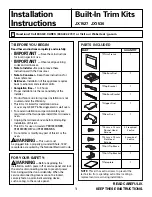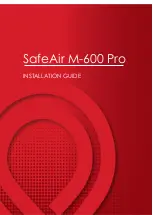
16
GB
keys, nails, screws and other
small metal objects, which
could cause bridging of the
contacts.
A short circuit be-
tween the battery contacts may
cause burns or fire.
• If used incorrectly, liquid may
leak from the battery. Avoid
contact with this. In the event
of accidental contact, rinse
off with water.
If the liquid gets
into eyes, seek medical as-
sistance. Leaking battery fluid
may cause skin irritations or
burns.
• Do not use damaged or al-
tered batteries.
Damaged or
altered batteries can be unpre-
dictable and lead to fire, explo
-
sion or risk of injury.
• Do not expose batteries to
fire or elevated temperatures.
Fire or temperatures over
130 C° can cause an explo-
sion.
• Follow all instructions for
charging and never charge
the battery or the battery-
powered tool outside the
temperature range stated in
the operating instructions.
Incorrect charging or charging
outside the permitted tempera-
ture range may destroy the bat-
tery and increase the risk of
fire.
Service
• Never repair damaged batter
-
ies.
All battery repairs should
be carried out by the manufac-
turer or authorised customer
service centres only.
Special safety directions for
battery-operated tools
• Ensure that the device is
switched off before insert
-
ing the battery.
Inserting a
battery into a power tool that
is switched on may result in ac-
cidents.
• Recharge the batteries in-
doors only because the bat-
tery charger is designed for
indoor use only.
• To reduce the electric shock
hazard, unplug the battery
charger from the mains be-
fore cleaning the charger.
• Do not subject the battery to
strong sunlight over long pe
-
riods and do not leave it on a
heater.
Heat damages the bat-
tery and there is a risk of explo-
sion.
• Allow a hot battery to cool
before charging.
• Do not open up the battery
and avoid mechanical dam-
age to the battery.
Risk of
short circuit and fumes may be
















































